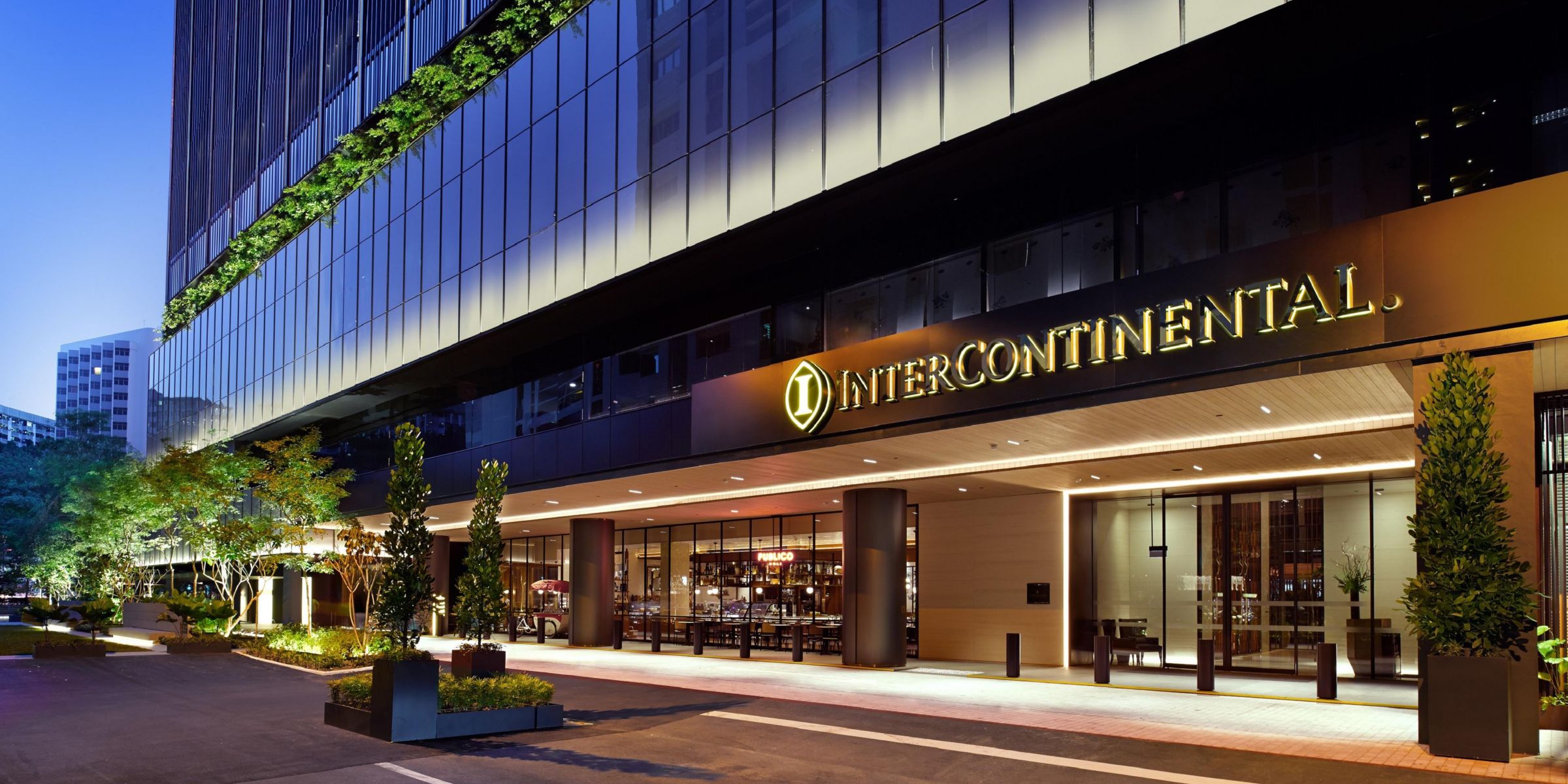Moolahsense(My seventh campaign with Moolahsense)
Note*the company name will not be revealed just like the previous post as my money are still inside moolahsense, haha(this is not a sponsored post by the way)
Issuer summary
Date of listing:FEB 2018
Amount:$50,000
Tenor: 12 months
Note type: Equal installment
Quoting from the moolahsense website
- Equal installment:A promissory note by which an installment of the principal subscription amoung and/or interest accrued and due up to the date of payment shall be payable on such dates as set out in a repayment schedule specified in the promissory note, and on the maturity date, the principal subscription amount would have been paid in full
Repayment frequency: Monthly
- Repayment frequency: Will be paid monthly
Target interest rate:16.75%P.A
Quoting from Moolahsense website
- Target interest rate: The maximum rate the issuer is willing to provide the interest on the principal subscription amount which the issuer wished to obtain, as notified in writing by the issue to Moolahsese
Purpose: Working capital
Quote from valuepenguin:
https://www.valuepenguin.sg/what-is-working-capital
- Working capital: It is a concept to describe a business ability to cover its short-term operating costs
- E.g For this campaign, I have funded $300 into it
- As the target interest rate is 16.75%, this means that at the end of the tenor, which is 12 month I will expect to receive $350.25
- 100%=$300
- 16.75%(Interest for 12 month/1 years)=$50.25
- 116.75%(The Principal + the interest for six month)=$300+ $50.25
- Since the tenor is months, each month I will receive $(inclusive of interest) in payment/equal installment
- 1month=$350.25/12=$29.18
Summary company profile
- The issue is a company incorporated in Singapore in 2012.
- The Issuer is in the air-conditioning industry and has around 10 employees.
- The Issuer specializes in the supply, installation, maintenance, and repair of air-conditioning units and systems as well as mechanical ventilation ductworks.
- The Issuer is registered with the Building and Construction Authority of Singapore as a Registered Contractor for Air-Conditioning, Refrigeration & Ventilation Works.
Detail of purpose
- The Issuer seeks funds to purchase inventory for various ongoing projects which have been awarded to the Issuer.
Financial statement
Will only reveal a part of the financial statement due to confidentiality. As I have mentioned a few weeks ago in my post, that I only mainly use this three ratio: current ratio, quick ratio and debt to equity ratio to decide in investing in a campaign, hence I will be showing its ratio below
The ratio is as follow(left side of the column is for the year 2016/right side of the column is for the year 2015)
Year 2016/Year 2015
(Current ratio 2016:55.78),(Current ratio 2015:51.18)
- A simple ratio of current asset divide by current liabilities
- Current liabilities are debt that needs to clear in the short term(in a year)
- If a company has a current ratio less then 1.0, do not invest in it
- If a company has a current ratio more then 2.0, May consider investing in it
- The higher the current ratio, the better
- For the current ratio of 2015:51.18, it is higher than the recommended range(>2.0)
- For the current ratio of 2016:51.78, it is higher than the recommended range(>2.0)
(Quick ratio 2016:3.29),(Quick ratio 2015:1.57)

- The quick ratio is almost similar to current ratio except that it is assumed that the company does not sell its inventories(e.g Toyota inventory is its car) or stock, it is still able to fulfill its debt
- If the company has a quick ratio of 0.75 and below, do not invest in it
- If the company has a quick ratio of 1.25 and above, May consider investing in it
- The higher the quick ratio the better
- For the quick ratio of 2015:51.18, it is higher than the recommended range(>1.25)
- For the quick ratio of 2016:51.78, it is higher than the recommended range(>1.25)
(Total liabilities/equity 2016:0.47),(Total liabilities/equity 2015:2.03)
- The debt ratio is calculated by total liabilities divided by the equity
- If the company has a debt ratio of 1.5 and above, do not invest in it
- The company should essentially have a debt ratio of 1.0, if the debt ratio is below 0.75, do consider investing in it
- The lower the debt to equity ratio the better
- For the Total liabilities/equity of 2015:0.02 it is in the recommended range(<0.75)
- For the Total liabilities/equity of 2016:0.02, it is in the recommended range(<0.75)
Why did I invest in this loan?
- All of its current ratio, total liabilities/equity and quick ratio(2015 and 2016) is in the recommended range, hence I invested in this loan
- As the moment of writing, this loan is still ongoing and there is no late payment so far
Repayment schedule?
Monthly interest rate:interest/start balance=$4.19/$300=1.40%(Percentage conversion must *100)
Effective interest rate:1.39%*12=16.76%(almost the same as the target interest rate at 16.75%)
From the above picture, you can see that the Net repayment is at $27.06 instead of the $29.18 that I have mentioned above at the working capital, hence I will do a calculation here again
1-month repayment:$27.06
6-month repayment:$27.06*12=$324.72
$300(the amount I put in this campaign=100%
$324.72=(100/300)*324.72=108%
108%-100%=8%
The target interest rate as you can see in my above post is at around 16.75%P.A, after taking into account of the tenor rate being 12 months compared to 8% its almost 8.75% difference(i shall call this net interest rate instead)in this campaign. To conclude, this means that if you invest in a (16.75%P. A) high-interest rate campaign in moolahsense, you will get only about 8%
The next campaign that I will update soon is a finished campaign but and they are however still paying the repayment
Stay tuned to my next week post:moolahsense(my eighth campaign)!

























